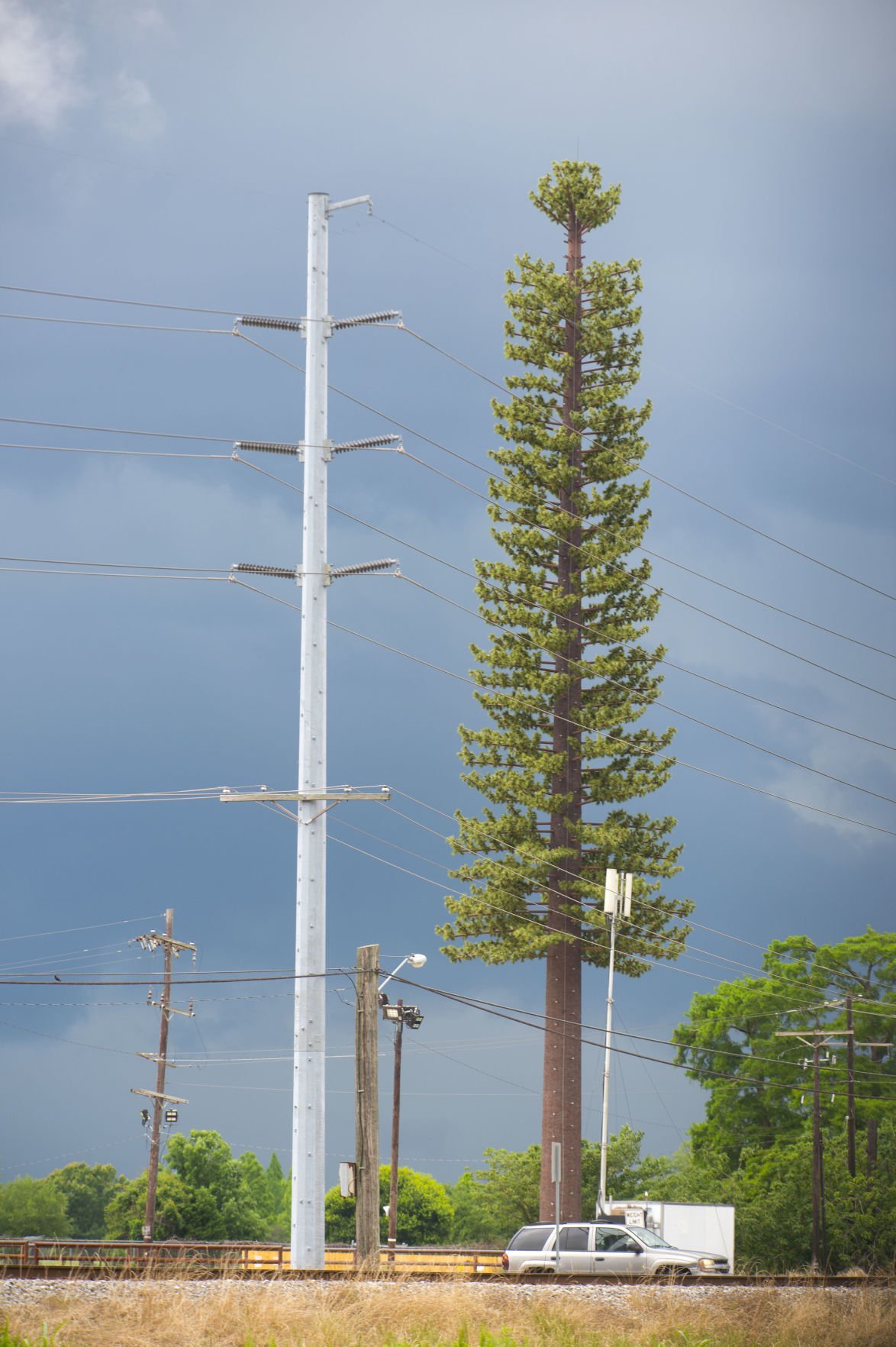When safe distance to live from cell phone tower ? ve actually strolled through a city, you may have got spotted small micro 5G cell podiums on street lighting poles. These show up like small boxes, but they? re also really transmitting cellular signals from cellular carriers to the phone.
These smaller, purpose-built cell towers are replacing larger, purpose-built ones. When less obvious, that they may nevertheless pose issues for folks.
The particular FCC? s Light Exposure Thresholds
The Radiation Exposure Thresholds of the FCC establish the secure distance from which in turn a person could possibly be exposed to electromagnetic radiation from wireless devices. https://te.legra.ph/What-lengths-Away-From-a-5G-Mobile-Structure-Had-you-been-04-26 are established on scientific data indicating that RF energy may get hazardous to individual health.
The precise assimilation rate (SAR) quantifies the radiofrequency vitality absorbed by tissue. It is normally 1. 6 watts per kilogram, averaged across one gram of tissue.
However, since 5g sends at higher frequencies, it may stimulate more energy power within the skin and even other immediately revealed body parts. This could result in a new variety of possible consequences, such while the accelerated development of skin ailments such as hautentzündung, skin cancer, and cataracts.
Due of the potentially severe consequences of 5g radiation, PSU provides opted to enforce a general localized power density constraint of 4 mW/cm2 averaged over a single cm2, and not to exceed 25 minutes, for many 5G services at 3000 GHz. This confined limit is regular with the maximum spatial-average SAR associated with 1. 6 W/kg averaged across one g of tissues at 6 GHz.
The FCC? s Maximum Exposure Thresholds
If you've ever used a cellular phone, you surely understand that an individual must be at the least 400 meters away from the tower for protection. This is expected to the simple fact that the indication strength of your cell tower grows considerably with distance.
Although this may seem such as a wonderful idea, the truth is that those living close to systems may be more prone to health and fitness issues. A 2014 research in Of india, for instance, suggested that persons that resided within 55 meters of mobile phone towers had much higher health concerns as compared to those who existed farther away.
But, this research likewise revealed that symptoms returned to standard in a few days and nights for persons which relocated to locations distant from mobile towers. Several studies have indicated of which exposure to large amounts of radiofrequency electromagnetic fields (EMFs) may induce cancer, head tumors, and various other health concerns.
RF radiation, which is used in wireless communication, may permeate the outermost part of the body, the skin. what is a safe distance from a 5g cell tower because a protective obstacle against mechanical harm, infection by pathogenic bacteria, and the particular admission of harmful chemicals. It is usually responsible for protecting the integrity associated with other organs and is also the biggest body organ in the human physique.
Minimum Exposure Thresholds of the FCC

The FCC's Least Exposure Thresholds derive from a number regarding unsupported scientific presumptions. They add the erroneous notion that interim exposures to RF radiation are safe still to pay to low transmission into the physique (i. e., tissues heating) (i. electronic., tissue heating).
In addition, the assumption disregards the deeper transmission in the ELF components of modulated RF signals along with the influence of brief warmth bursts from pulsed RF waves. These kinds of assumptions never line-up with the present knowledge of the biological effects regarding RF radiation; therefore, they should not be utilized to create health-protective exposure limitations.
In addition , the ICNIRP and FCC confine their maximum coverage limits to community peak SARs dependent on the maximum spatial specific consumption rate (psSAR), which is an insufficient dosimetric technique for analyzing the level of RF rays exposure. Specifically, psSAR is incorrect in frequencies greater than 6 GHz. Furthermore, psSAR is actually not looked at for RF light with co-exposure to be able to other environmental elements such as sun. Interactions between radiofrequency (RF) radiation plus other environmental factors may have antagonistic or synergistic effects. This would raise the likelihood of dangerous health outcomes. Co-exposure to RF radiation and sunshine, intended for instance, may raise the risk of epidermis cancer and worsen other skin circumstances, for example acne.
